Today is my birthday! I’m now officially closer to 40 than I am to 30. Ack! My initial plan for today was to dress myself in the blue Cinderella furisode and take pictures, but this week has been a very long and exhausting one and I knew when I woke up I was not going to have the energy to do it. I might try on the weekend, but until then I decided I would at least redo the mannequin.
This obi was an entirely unexpected surprise; I was discussing my collection with a customer at work and she told me she had one of those “belt table runner things” and she’d bring it to show me one day. Imagine my shock when she showed up with this stunning springy green fukuro obi with flowers and foliage all over it and insisted I keep it. It’s absolutely beautiful. It’s also got a really nice sage green fabric with gold pinstripes on the reverse, and I’m looking forward to using that side of it sometime soon. It felt like the ideal thing to do a birthday outfit with. It pairs so perfectly with the pink takara houmongi that Naomi’s husband Arian got for me years ago. They feel so classic and elegant together, and subtle pastel accessories finish things off. The obiage is kind of a mess but let’s all ignore that and focus on the beautiful kimono and obi instead.
I’m still holding out hope that I can put the furisode on this weekend but if that doesn’t happen at least I did something productive today!
Items used in this coordination
- Cool Pink Takara
- Pale Green Floral side 1
- Pink Kikyo
- Lavender Chirimen
- Pink & Silver

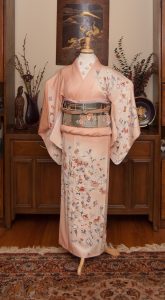
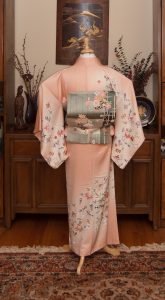
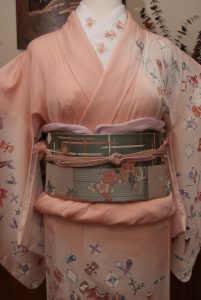
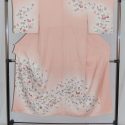
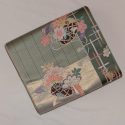
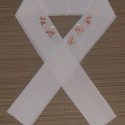
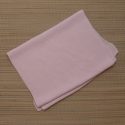



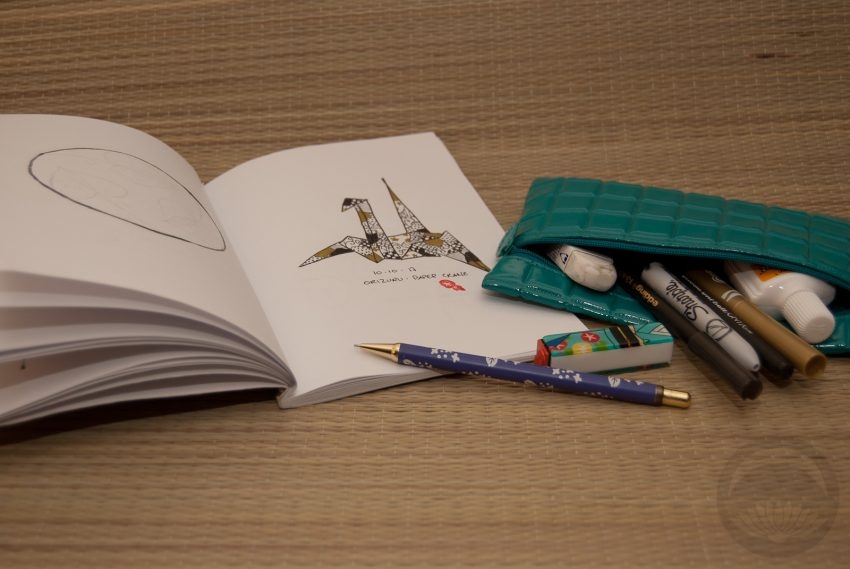

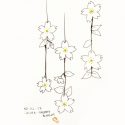
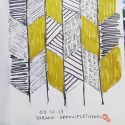
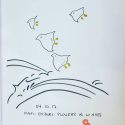
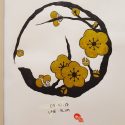
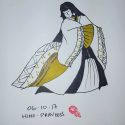
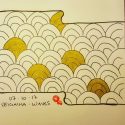
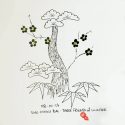
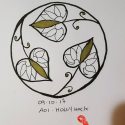

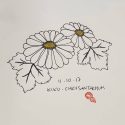

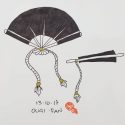
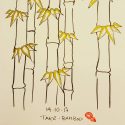
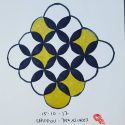
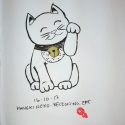

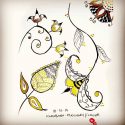
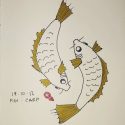
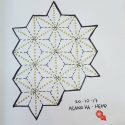


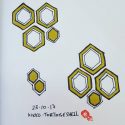
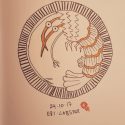
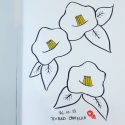

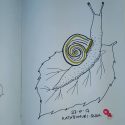
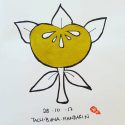
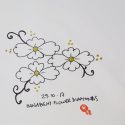
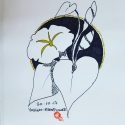
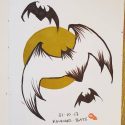
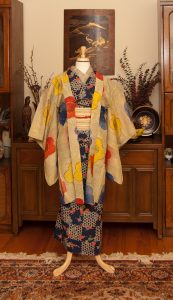
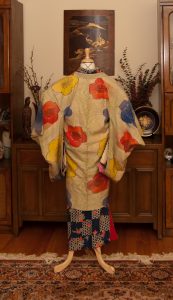

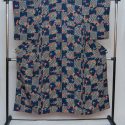
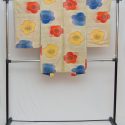
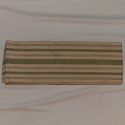
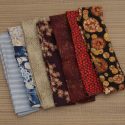












 Bebe Taian
Bebe Taian CHOKO Blog
CHOKO Blog Gion Kobu
Gion Kobu